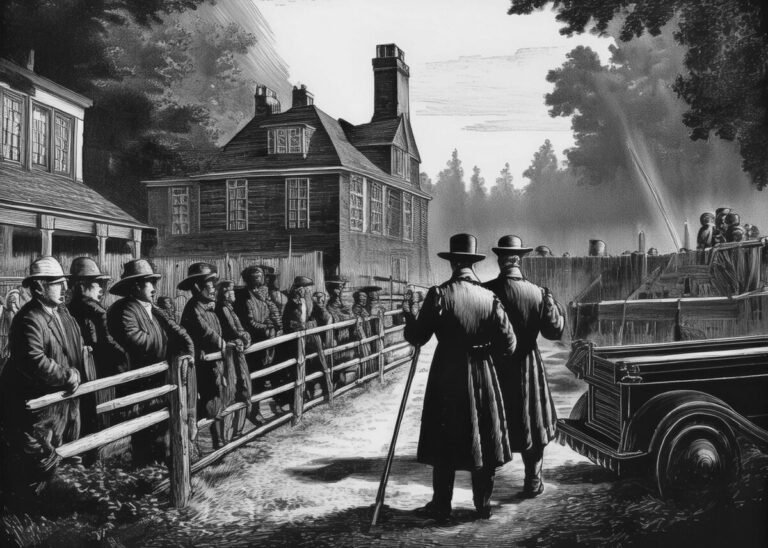
Conditions and restrictions are integral to real estate transactions, governing how properties can be used and developed. Whether you’re buying, selling, or leasing property, understanding these terms is essential to avoid legal complications and ensure compliance with local regulations. This blog post will explore conditions and restrictions, typical examples, and their significance in real estate transactions.
What are the Conditions and Restrictions? Conditions and restrictions, often referred to as covenants, conditions, and restrictions (CC&Rs), are legal terms that dictate how a property can be used, developed, and maintained. They are typically established by developers or homeowners associations (HOAs) and are recorded in the property’s deed or governing documents. Conditions and restrictions preserve property values, maintain community standards, and ensure harmonious living environments.
Common Examples of Conditions and Restrictions:
- Zoning Restrictions: Zoning regulations imposed by local governments dictate how properties within a particular area can be used and developed. These restrictions may designate specific residential, commercial, or industrial areas and impose limitations on building height, setbacks, and lot coverage.
- Homeowners Association Rules: Many residential communities are governed by homeowners associations (HOAs) that enforce rules and regulations to maintain community standards. These rules may cover architectural design, landscaping, noise levels, and parking restrictions.
- Architectural Guidelines: Some developments impose guidelines to ensure uniformity and consistency in building design and construction. These guidelines may specify acceptable building materials, color schemes, roof styles, and other aesthetic considerations.
- Use Restrictions: Use restrictions dictate how properties can be utilized, such as prohibiting certain commercial activities, short-term rentals, or home-based businesses within residential neighborhoods.
- Environmental Restrictions: Environmental regulations may restrict property development to protect natural resources, wildlife habitats, and environmentally sensitive areas. These restrictions may include buffer zones, wetland protections, and limitations on excavation and construction activities.
Significance of Conditions and Restrictions: Conditions and restrictions play a crucial role in real estate transactions for several reasons:
- Property Value Protection: Conditions and restrictions help protect property values by maintaining community aesthetics, preserving neighborhood character, and preventing undesirable uses or developments.
- Legal Compliance: Compliance with conditions and restrictions is essential to avoid legal disputes, fines, and penalties. Adherence to these terms can result in legal action by homeowners associations, government agencies, or neighboring property owners.
- Community Harmony: Establishing clear rules and guidelines, conditions, and restrictions promotes harmonious living environments and fosters a sense of community among residents.
- Investment Protection: Understanding and complying with conditions and restrictions is essential for property owners to protect their investment and ensure the long-term viability and desirability of their property.
In conclusion, conditions and restrictions are fundamental to real estate transactions, governing how properties can be used, developed, and maintained. Whether you’re buying, selling, or leasing property, it’s essential to understand these terms and their implications to avoid legal complications and ensure compliance with local regulations. By adhering to conditions and restrictions, property owners can protect their investments, maintain community standards, and contribute to their neighborhoods’ overall quality of life.





































Leave a Reply